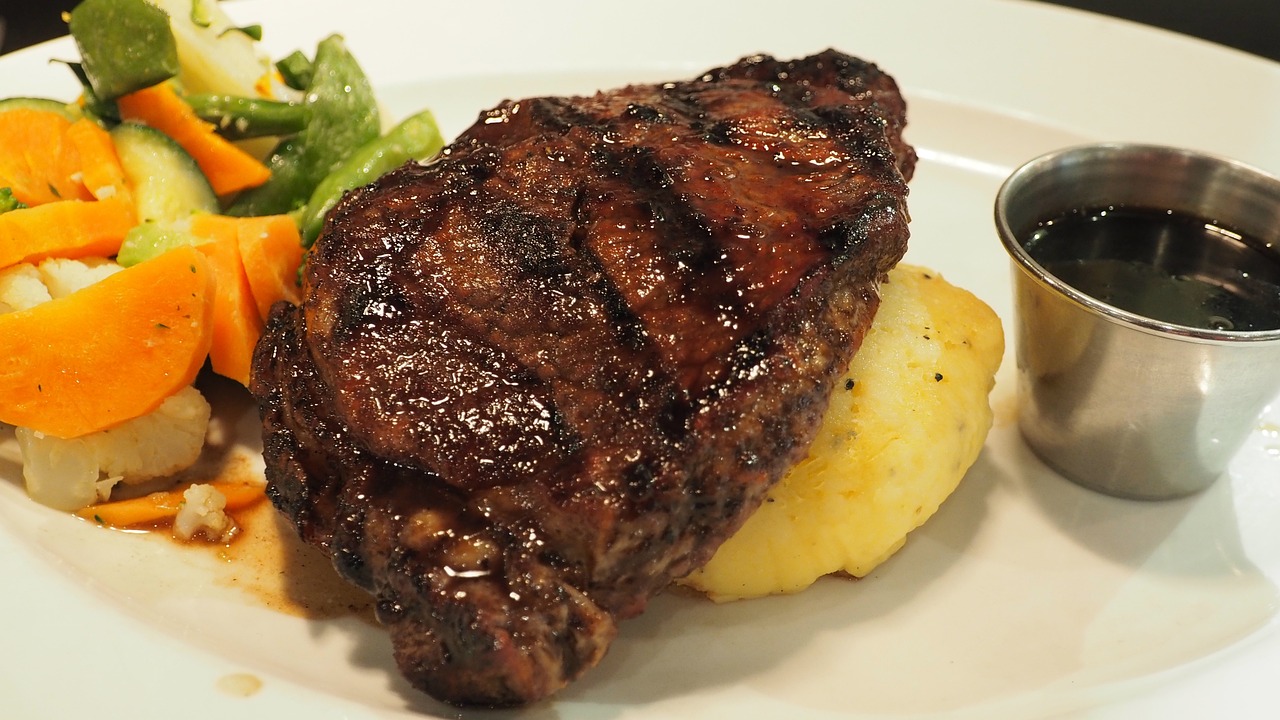The Evolution of Street Food Around the Globe
Street food culture embodies the vibrant heart of culinary experiences in various corners of the world. From bustling food markets in Thailand to food trucks lining the streets of New York City, street food offers a delightful fusion of flavors and aromas that captivate both locals and tourists alike. The essence of street food lies in its authenticity – recipes passed down through generations, skillfully executed by passionate vendors who infuse each dish with a distinct sense of tradition and community.
In exploring the diverse array of street food offerings across different cultures, one cannot help but appreciate the sense of adventure and discovery that comes with each bite. From savory to sweet, spicy to tangy, street food caters to a wide range of palates and preferences, making it a versatile and accessible culinary treasure trove for food enthusiasts. The communal aspect of enjoying street food – sharing a meal with strangers under the open sky or engaging in lively banter with vendors – adds an extra layer of richness to the overall dining experience.
Origins of Street Food
Street food, with its diverse flavors and convenient accessibility, has a long history rooted in the essence of communal gatherings and trade. The origins of street food can be traced back to ancient times when vendors would set up stalls and carts in bustling marketplaces to offer quick and flavorful meals to locals and travelers alike. These vendors not only provided sustenance to people on the go, but also contributed to the vibrant tapestry of culinary traditions that continue to shape street food culture today.
As civilizations evolved, so did the practice of street food vending. From ancient Greek and Roman civilizations to the bustling streets of Asian markets, the concept of grabbing a quick, tasty bite from a street vendor became a common thread among different cultures. The simplicity and authenticity of street food offerings attracted people from all walks of life, creating a melting pot of culinary experiences that celebrated the diversity of ingredients and cooking techniques across the globe.
Influence of Globalization on Street Food
Globalization has significantly impacted the street food landscape around the world. With the ease of access to information and communication, different cultures have been able to share their culinary delights on a global scale. This has led to a fusion of flavors and techniques, creating unique street food offerings that blend traditions from various regions.
Moreover, the influx of tourists and migrants in urban centers has fueled the demand for diverse and authentic street food experiences. This has encouraged street food vendors to innovate and adapt their offerings to cater to a more diverse customer base. As a result, traditional street food recipes have been revamped to suit different palates and dietary preferences, showcasing the dynamic nature of street food in the era of globalization.
• Street food vendors have been able to incorporate ingredients and cooking methods from different cultures, creating fusion dishes that appeal to a wider audience.
• Globalization has also led to the popularization of once niche street foods, making them more accessible to people around the world.
• The exchange of culinary knowledge between different regions has enriched the street food scene, leading to a greater variety of options for consumers.
• Social media and online platforms have played a crucial role in promoting street food culture globally, allowing vendors to showcase their unique offerings and attract customers from diverse backgrounds.
What is street food culture?
Street food culture refers to the tradition of selling food and beverages in public places, often from portable stalls or carts.
Where did street food originate?
Street food has a long history and can be traced back to ancient times. It has roots in various cultures around the world.
How has globalization influenced street food?
Globalization has had a significant impact on street food, leading to the fusion of different culinary traditions and the introduction of new ingredients and cooking techniques.
What are some examples of how globalization has influenced street food?
Some examples include the popularity of food trucks serving international cuisines, the incorporation of exotic ingredients into traditional street food dishes, and the spread of food trends from one country to another.
How has globalization affected the quality and safety of street food?
While globalization has led to greater variety and innovation in street food offerings, it has also raised concerns about food safety and hygiene standards in some cases. It is important for vendors to adhere to proper food handling practices to ensure the safety of their customers.





